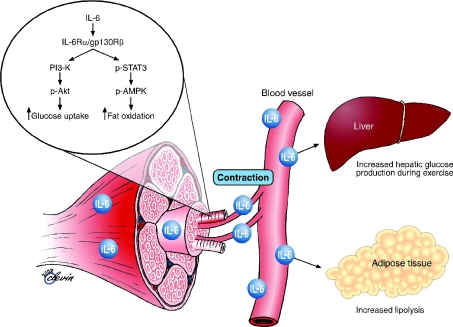Figure 3. Biological role of contraction-induced IL-6.
Skeletal muscle expresses and releases myokines into the circulation. In response to muscle contractions, both type I and type II muscle fibres express the myokine IL-6, which subsequently exerts its effects both locally within the muscle (e.g. through activation of AMPK) and – when released into the circulation – peripherally in several organs in a hormone-like fashion. Specifically, in skeletal muscle, IL-6 acts in an autocrine or paracrine manner to signal through a gp130Rβ/IL-6Rα homodimer, resulting in activation of AMP kinase and/or PI3 kinase to increase glucose uptake and fat oxidation. IL-6 is also known to increase hepatic glucose production during exercise or lipolysis in adipose tissue. Modified from Pedersen & Febbraio (2008) with permission from the American Physiological Society and from Pedersen and Fischer (2007) with permission from Elsevier.

